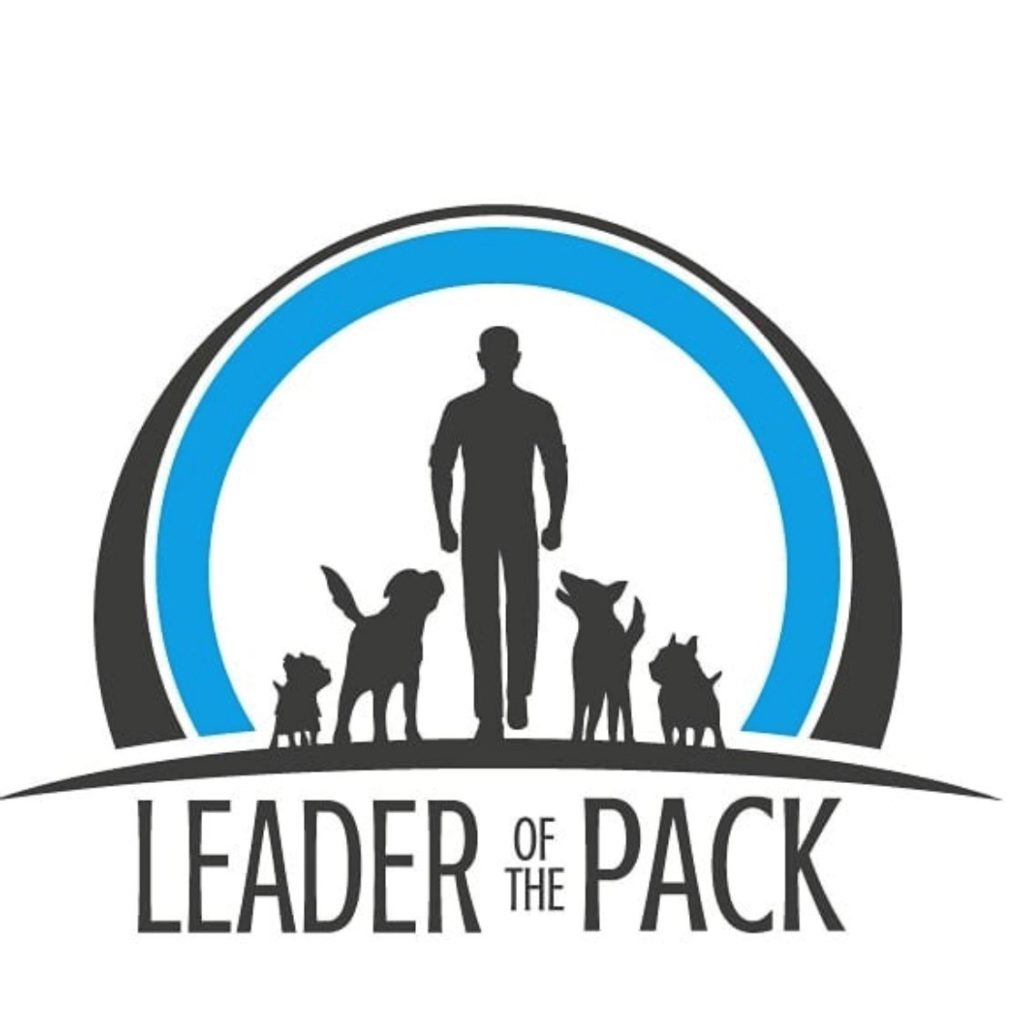It is important for handlers to come to class prepared with all the necessary equipment. Having the correct equipment will allow everyone to get the most out of their class and will help to alleviate discouragement. Training with improper equipment can cause boredom, loss of patience, irritation and discomfort for the dog. When a dog is comfortable they are much more likely to learn quickly.
We encourage handlers to bring water from home, the dog’s water bowl, choke/ slip collar, buckle collar, and 6-foot leather leash, An easy way to do this is to have them make a bag specifically for their dog and for dog training.
We never run their classes for more than 45 minutes. A longer class may cause the dogs to lose focus. In addition we stop for lots of praise and breaks provided within the 45 minutes for both the dogs and the handlers.
Equipment
Agility
Handlers need to have a buckle or slip collar and short leash. Collars should have all tags or lose items removed from them so that they do not pose a safety issue for the dog. The short leash should be short enough that it doesn’t get caught in the dog’s legs as they are working through the obstacles. In addition it needs to be short enough so that is doesn’t get caught in the obstacles themselves.
Obedience
The hander should have a 6-foot leather leash. Leather or Nylon leashes are
recommended. Handlers also will need a choke / slip collar (chain, leather or braid is ok) for proper obedience training. The collar should fit properly in order to get the desired result without injuring your dog. To get the proper size, you should measure the dog’s neck and add two inches. If you have a very large headed dog, you may need to adjust for that.
Showmanship
A show lead specifically made for this can be found at local pet stores. Showmanship leads are different than the collars and leads used in conformation shows, and allow the handler to maneuver easily. The showmanship show lead also helps the dog to understand it is working in showmanship because the feel is so different from the choke/ slip collar used for obedience.
Suggested equipment for dogs:
• Leash (6 foot long)
• Choke collar and/or slip collar (for Obedience and Rally)
• Buckle or slip collar with all tags removed (for Agility)
• Showmanship lead (for Showmanship)
• Cloth clothesline with clasp (30 foot long for off leash training or fun time)
• Bowl
• Water (this should be from a source the dog is used to)
• Treats (not crumbly or too big – pieces on the floor can cause training problems for everyone)
• Favorite toy
• Plastic bags (for waste disposal)
• Something to lie down on
• Kennel or X-pen (if necessary)
Suggested equipment and tools needed for handlers:
• Tennis shoes or shoes you can run in
• Comfortable clothing (no baggy clothes or short skirts)
• Something to drink
• Loud voice
• Excited tone
• Patience
• Good attitude
• Strong attention and focus
Rules and Reminders:
• Do not be late for class. Time is limited and tardy entrances cause distractions for the other handlers and dogs.
• Come prepared for class and be ready before entering. This includes taking your dog for a bathroom break before entering.
• Do not feed your dog within four hours of coming to class. This will keep the dog from having accidents and will also help if you are going to use treats for reward or training.
• Clean up any mess made by your dog without being told.
• Come with a good attitude and patience.
• Take a break with your dog on the sideline if you or your dog is losing patience with each other. Finish the command and until you both feel better and then join back in.
• Do not bring a sick dog to class. Instead, leave your dog at home and come by
yourself to class to learn from observation.
• Please do not come to class if you are sick, but be sure to call the instructor.
• Be sure to practice at least 15 minutes 3 times a week in- between classes. This is all it will take for most dogs and handlers to learn each week’s lessons, yet still keep the dog’s interest.
• The handler is the primary caregiver of the dog. The handler should be the primary one that gives treats, feeds, waters, takes the dog out to potty, grooms and takes the dog for walks even at home.
• The handler should be the only one doing the training. If certain manners are
expected at home and others need to uphold those manners, be sure they are using the same one-word commands that the trainer does. For example: If the dog is jumping on guests, then a common two-command response would be “No, leave it.” However, If someone in the home is using “down” then that interferes with the “down” command used during training which means to actually lie down.
• Never end practice sessions on a bad note. If frustrations get high, you should back up to the previous step and when the dog performs it, praise the dog and quit until both you and your dog’s patience have returned.
• If the dog seems to be forgetting the exercise, go back to the beginning and start over.
• Remember: all dogs learn at a different speed, so don’t get upset if yours seem
slower.

